Hey there, music lovers and aspiring musicians! Have you ever wondered what gives a piece of music its sense of stability, tension, or resolution? Well, look no further than the fascinating world of harmonic function. In this article, we’ll explore the concept of harmonic function, focusing on three essential chord types: the tonic, subdominant, and dominant chords. So, grab your guitar or sit down at the piano, and let’s dive into the harmonic journey together!
1. Understanding Harmonic Function: The Backbone of Music
First things first, let’s break down what we mean by harmonic function. In music theory, harmonic function refers to the role that chords play within a musical key or tonality. Each chord within a key serves a specific function, creating a sense of tension and resolution that drives the harmonic progression forward. Understanding these functions is key to composing, arranging, and analyzing music effectively.
2. The Tonic Chord: Home Sweet Home
Let’s start with the tonic chord, often referred to as the “home” chord or the “resting” chord. In a major key, the tonic chord is built on the first scale degree and typically consists of the root, third, and fifth notes of the scale. This chord provides a sense of stability and resolution, serving as the starting point and ending point of many musical phrases and compositions. When you hear a song or piece of music that feels “resolved” or “at rest,” chances are it’s anchored by the tonic chord.
3. The Dominant Chord: Building Tension and Anticipation
Next up, we have the dominant chord—the “powerhouse” of harmonic function. In a major key, the dominant chord is built on the fifth scale degree and often features a major triad with an added seventh (known as a dominant seventh chord). This chord creates tension and anticipation, pulling the listener’s ear towards the tonic chord and setting up a strong resolution. In many musical traditions, the dominant chord is used to signal the end of a phrase or section and to prepare the listener for the return to the tonic.
4. The Subdominant Chord: Adding Color and Contrast
Last but not least, we have the subdominant chord—the unsung hero of harmonic function. In a major key, the subdominant chord is built on the fourth scale degree and typically features a major triad. This chord provides contrast and color to the harmonic progression, serving as a bridge between the stable tonic chord and the tense dominant chord. While not as “powerful” as the dominant chord, the subdominant adds depth and richness to the musical landscape, creating a sense of movement and development.
5. Applying Harmonic Function in Practice
Now that we’ve explored the basics of harmonic function, how can we apply this knowledge in practice? Whether you’re composing your own music, analyzing a piece of music by your favorite artist, or improvising over a chord progression, understanding harmonic function can help you make informed musical decisions. Pay attention to the relationship between chords within a key, and experiment with different progressions to create the mood and atmosphere you desire.
Harmonic function is a fundamental concept in music theory that provides the backbone for creating, analyzing, and understanding music. By recognizing the roles of tonic, subdominant, and dominant chords within a key, you can unlock the power of harmonic function and take your musical skills to new heights. So, whether you’re strumming chords on a guitar, tickling the ivories on a piano, or singing your heart out, remember the importance of harmonic function in shaping the music we love. Happy playing!







